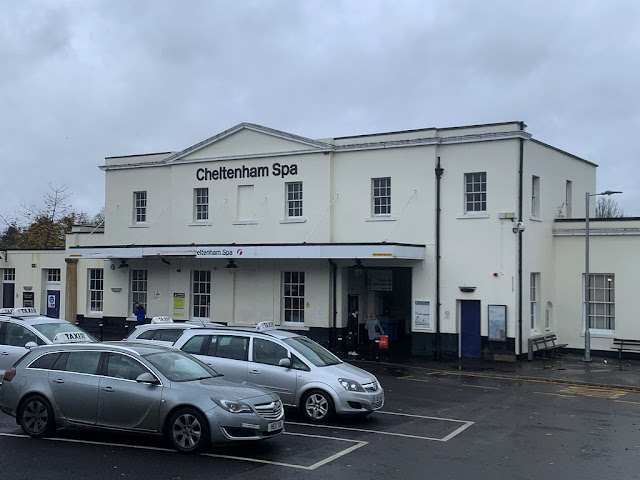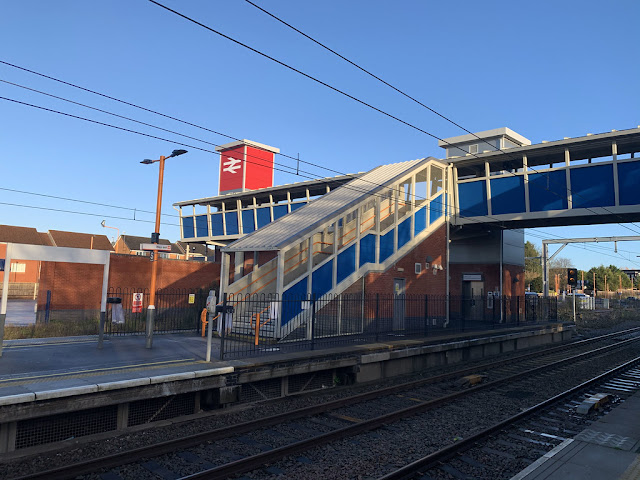Shadwell is a stop on the London Overground East London Line between
Whitechapel and
Wapping. The adjacent DLR station is between
Tower Gateway /
Bank and
Limehouse.
 |
| LO 378 216 heads off |
| Information |
| Type: |
Transport for London (London Overground &
Docklands Light Railway) |
| Station code: |
SDE (Overground)
ZSW (DLR) |
| Opened: |
1876 (Original)
1987 (DLR) |
| Platforms: |
4 |
The station was opened by the East London Railway in 1876. Between 1900 and 1918 the station was known as
Shadwell & St George-in-the-East but reverted back to the original name thereafter. The station was served by the District and Metropolitan Railways and later became part of the London Underground's East London Line. The East London Line station was closed between 2007 and 2010 before being re-opened as part of the London Overground.
The original ticket hall was replaced in 1983 [1]. Interchange was the DLR station was improved with a gated access point to the North of the station. The station has two facing platforms underground with a surface level ticket office.
[2] Stephen Jolly & Bob Bayman, Docklands Light Railway (Capital Transport, 1986) p. 22



































